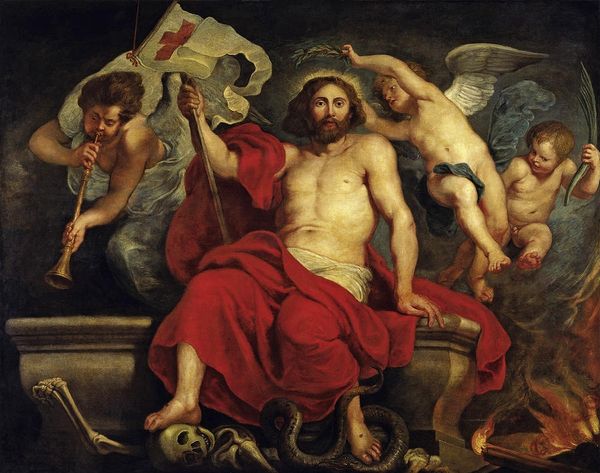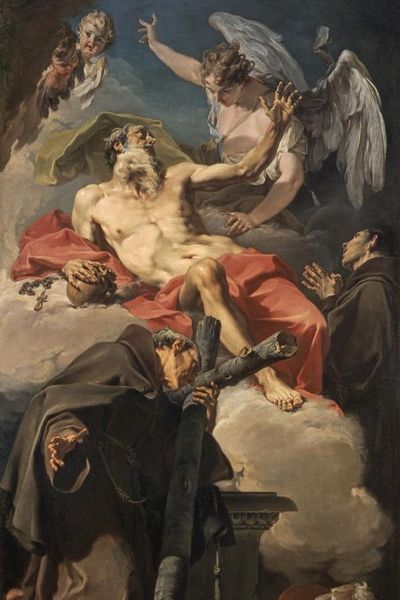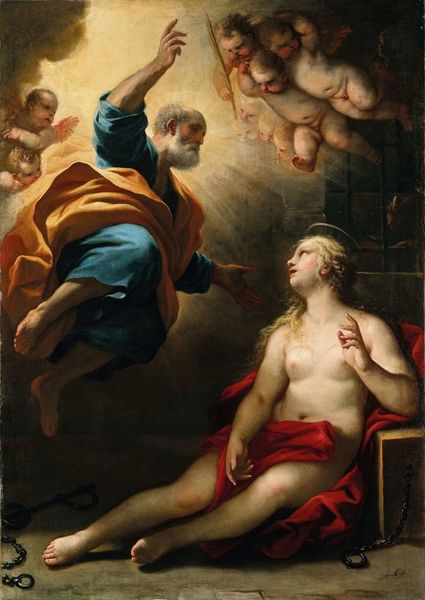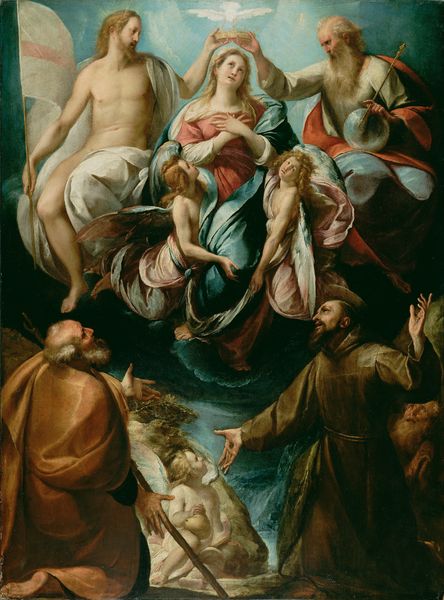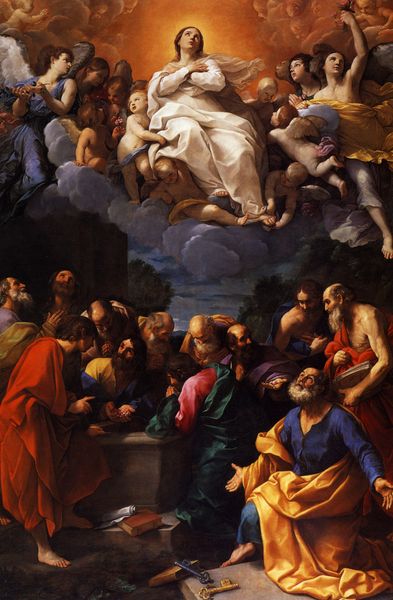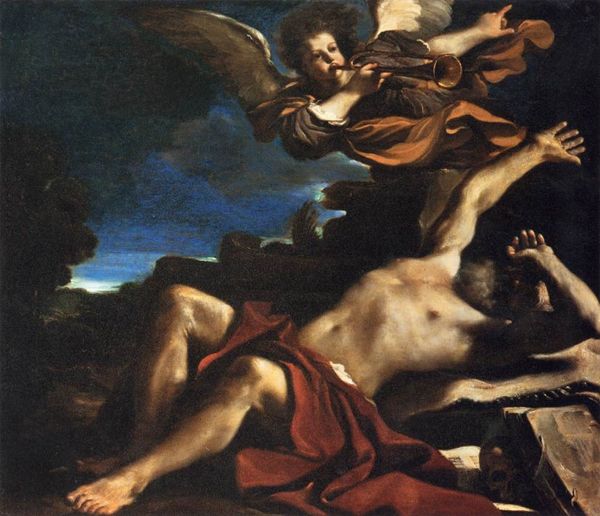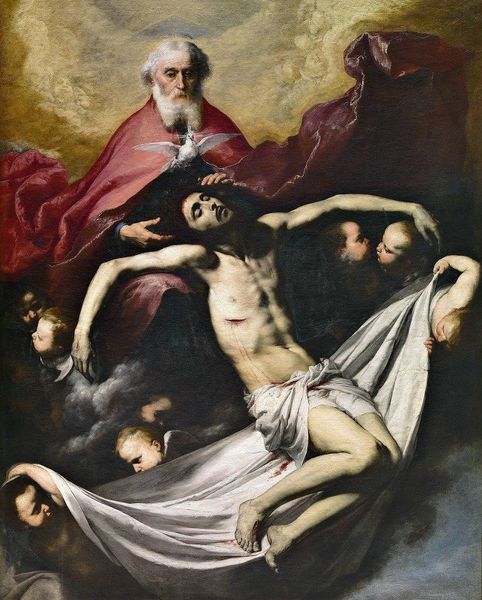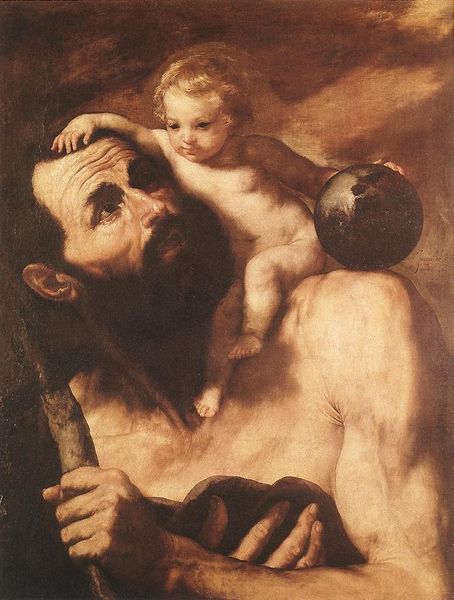
painting, oil-paint
#
allegory
#
narrative-art
#
baroque
#
painting
#
oil-paint
#
landscape
#
figuration
#
oil painting
#
chiaroscuro
#
mythology
#
history-painting
Copyright: Public domain
Orazio Riminaldi painted "The Sacrifice of Isaac" using oil on canvas, a traditional medium for historical and religious scenes during the Baroque period. Riminaldi’s technique emphasizes the tactile quality of the scene. Look closely at the way the folds of Abraham’s robe drape, and the angel’s urgent grip on his wrist. The inherent qualities of oil paint—its viscosity, the way it catches light—add to the drama. The artist used thin glazes of paint to build up layers of color and shadow, creating depth. The result is a heightened, almost theatrical realism. While we might focus on the painting’s narrative or religious symbolism, the artist’s labor is equally important. The grinding of pigments, the stretching of canvas, the skilled application of paint—all speak to a world of workshops, apprentices, and artistic lineages. Riminaldi was not just illustrating a story; he was participating in a complex system of production, patronage, and cultural value. By understanding this, we can move beyond the surface of the painting and appreciate the deeper material and social forces at play.
Comments
No comments
Be the first to comment and join the conversation on the ultimate creative platform.
